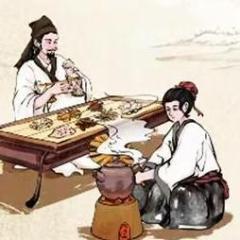I wasn't trained in a sino-centric anything. What confused me was not mistranslating kanji (Characters derived from Chinese, but often having different meanings in the two languages) or Japanese invented kanji characters but rather that they used kanji at all.
I more often see koji in hiragana (こうじ), so that what was looking for. And, in addition, the kanji is more usually 麹.
Anyway, I apologise for any confusion or misdirection caused.
Moving on, we still don’t know why it is so sweet.



